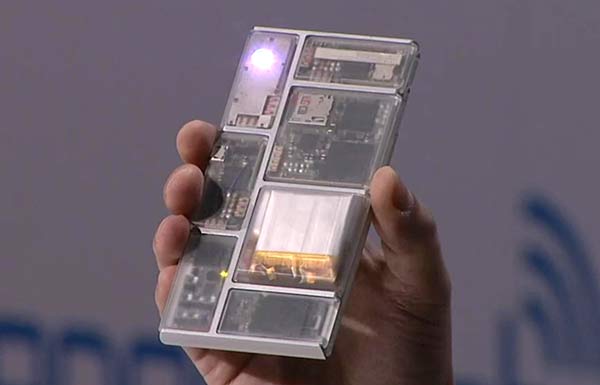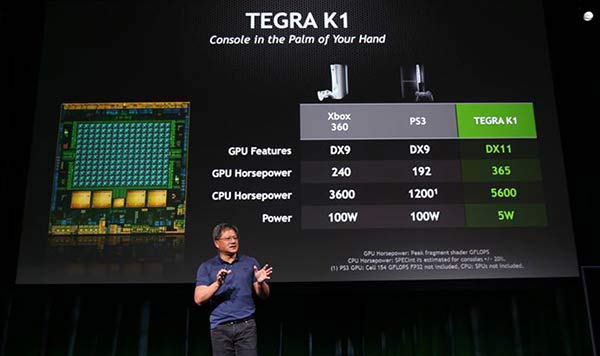Google ATAP, the development team behind the modular Project Ara smartphone, has revealed that Nvidia and Marvell will be among the processor module suppliers for its highly anticipated device. As you will probably already be aware, Project Ara is a modular smartphone concept which aims to allow owners to swap out components, such as processors, cameras, screens, batteries and so on, to tailor the device to their own needs and desires.

In the last official update concerning Project Ara before 2015 Google ATAP said that it had just received new demo units from Taiwan's Quanta. These are referred to as the Spiral 2 form factor prototypes. The last time we covered Project Ara news was because of a partnership with Rockchip, which signed up to make a new SoC module for the modular smartphone. Rockchip's custom SoC is expected to arrive with Spiral 3 early next year.
So, with the latest news, it certainly looks like Ara will be made available with a good choice of processors from the outset. Rockchip will have a processor module, and now we know Nvidia and Marvell will also have processor modules for the device.
Nvidia Tegra K1 and Marvell PXA1928 processor modules
Both Nvidia and Marvell are officially confirmed suppliers of SoC modules for Ara. The Google ATAP team says that these chips will use a "Toshiba UniPro bridge ASIC to connect to the on-device network". The Nvidia Tegra K1 has had quite a bit of coverage here on HEXUS. As a reminder it is a 192-core graphics "super chip" said to be able to provide the power of a "console in the palm of your hand". Also the Tegra K1 has a 4-Plus-1 Quad-Core ARM Cortex-A15 CPU running at up to 2.3GHz. It can be paired with up to 8GB of RAM and output to resolutions as high as 3840x2160.

The Marvell PXA1928 is a SoC powered by a quad-core ARM Cortex A53, has a "high performance internal memory architecture" and supports "all global broadband standards".
Google's ATAP team teased that the Spiral 2 modular design looks beautiful and said we will be able to see it at the Developers Conference in January. Here we are also hoping to hear of a wider range of interesting and innovative modules for the smartphone.













